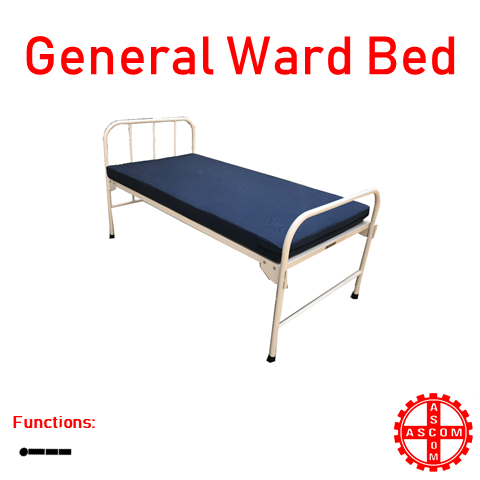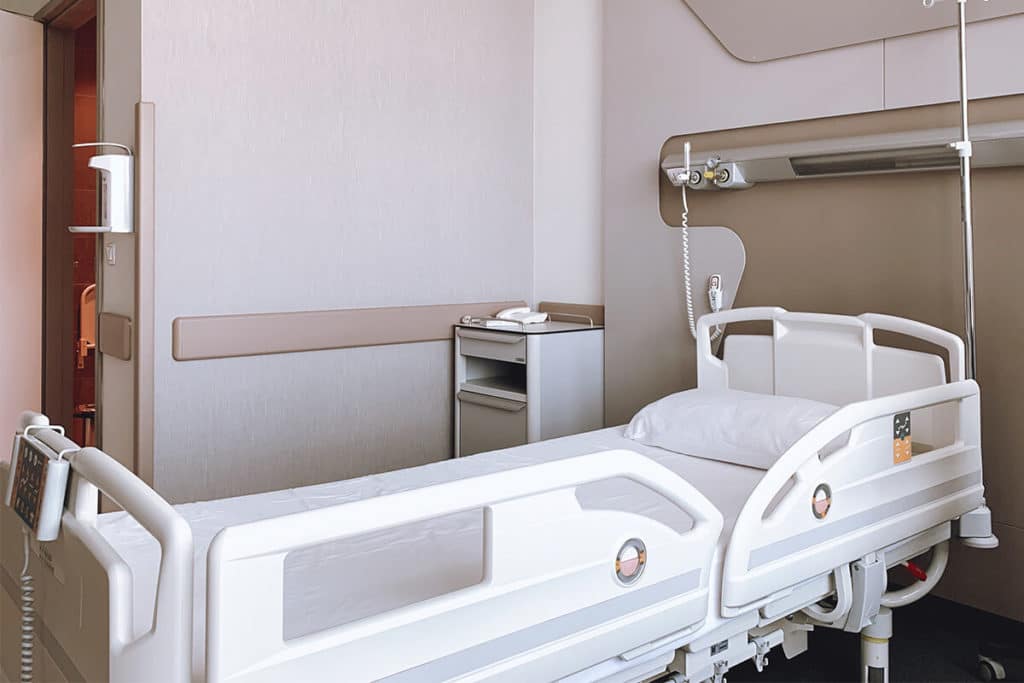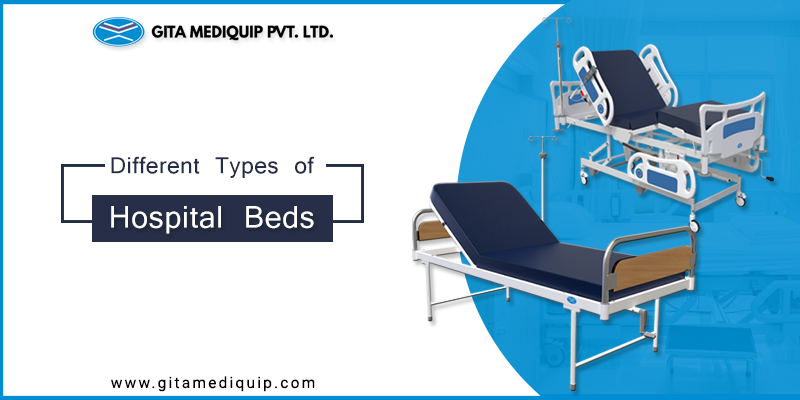See This Report on Hospital Beds For Home Use
See This Report on Hospital Beds For Home Use
Blog Article
The Best Guide To Hospital Beds For Home Use
Table of ContentsThe Greatest Guide To Hospital Beds For Home Use8 Simple Techniques For Hospital Beds For Home UseAn Unbiased View of Hospital Beds For Home UseThe 2-Minute Rule for Hospital Beds For Home UseLittle Known Questions About Hospital Beds For Home Use.Hospital Beds For Home Use Fundamentals ExplainedHow Hospital Beds For Home Use can Save You Time, Stress, and Money.
There are 3 main types of hospital beds: manual, semi-electric, and fully-electric. These beds make use of hand cranks to adjust the bed's height and increase and decrease the head and the foot.
Semi-electric beds have an electrical motor to elevate and decrease the head and foot sections of the bed. People and caretakers adjust the placing by pushing switches using a hand necklace. The elevation of the bed is readjusted by hand with a hand crank. Full-electric beds have an electrical motor that can elevate the head and foot areas of the bed in addition to the whole height and positioning of the bed.
8 Easy Facts About Hospital Beds For Home Use Explained
Some versions can likewise move into more placements, such as the Trendelenburg (tilt) setting. There are several kinds of health center beds, each created to meet details individual needs. Below are some typical kinds: This is the most usual kind of hospital bed, made for general clinical use. It has a handbook or electrically flexible headrest, footrest, and height.
Lower to the ground than a common bed. This kind of bed is designed for larger clients, with a bigger structure and higher weight capacity than a conventional bed.
This sort of bed is made for seriously unwell patients who require open monitoring and specialized medical tools such as ventilators and mixture pumps. This kind of bed is made for usage throughout labor and delivery, with flexible placements and features to support the mother and baby during the birth procedure.
The Ultimate Guide To Hospital Beds For Home Use
Numerous function and the accessories execute increasing grip to different parts of the vertebra and the extremities without relocating the body. These are just a couple of instances of the kinds of healthcare facility beds offered. The details sort of bed used will certainly depend upon the client's problem, clinical needs, and various other aspects.
Here is things you require to know. A one-function health center bed is a clinical bed that allows a patient to relocate only the head or foot area up or down. A 2 function health center bed commonly describes a kind of medical bed that has 2 adjustable features to help people in health centers or care facilities.

The Ultimate Guide To Hospital Beds For Home Use
A 7-function ICU bed is a sort of clinical bed that supplies numerous adjustable functions to sustain critically unwell individuals in an intensive care device (ICU) (hospital beds for home use). The seven functions typically include: Backrest change: The backrest can be adapted to various angles to aid the client sit up or relax easily
Height adjustment: The bed can be raised or reduced to make it simpler for patients to get in and out of bed, and for caregivers to provide care. Trendelenburg setting: The whole bed can be slanted to advertise blood flow and blood circulation in the body. Reverse Trendelenburg placement: The bed can also be tilted in the contrary direction to advertise blood flow and circulation in the upper body.
While even more budget friendly than electric designs, these beds require physical effort for adjustments. The primary benefits of hand-operated beds are their cost and reliability, as they do not rely on electrical power. However, the need for hand-operated initiative can be a restriction in situations where fast changes are required or where caretakers deal with physical obstacles.
The Greatest Guide To Hospital Beds For Home Use
Semi-electric medical facility beds supply an equilibrium of handbook and electric controls. These beds offer a suitable center ground in between guidebook and totally electric options, offering ease of use without the complete expense of electrical designs.
Semi-electric beds are well-suited for patients who require moderate adjustments to the head and foot sections but can handle without regular height adjustments. This makes them a cost-efficient service for those seeking comfort and convenience without the requirement for constant repositioning. Totally electrical health center beds include electric controls for seamless adjustments to the height, head, and foot areas.
Specialty health center beds, such as ICU beds, long-term care beds, and bariatric beds, are carefully designed to attend to specific medical requirements. These beds offer tailored care for varied client teams, improving both outcomes and comfort. In the following areas, we will discover the major kinds of specialty hospital beds, detailing their specific benefits and applications.
With years of experience in manufacturing electric linear actuators - hospital beds for home use and close collaboration with the healthcare market, TiMOTION is well-positioned to offer dependable healthcare options. Our vertically incorporated firm takes care of every action of the production procedure, from layout to actuator assembly, ensuring we deliver outstanding worth and tailored remedies customized to your particular needs
The Buzz on Hospital Beds For Home Use

To find out more about integrating these innovations right into your items, call us today. More reading:.
Data is sourced from the Medicare Expense Report.

Some Known Details About Hospital Beds For Home Use
A hospital bed is a bed designed especially for clinical objectives. It is not just a location for individuals to relax, yet also a platform for medical procedures. Unlike ordinary home beds, health center beds generally have adjustable features, which can facilitate clinical staff to make various changes according to the demands of patients, such as changing the height, disposition, and assistance angle of the back and original site legs of the bed.
Report this page